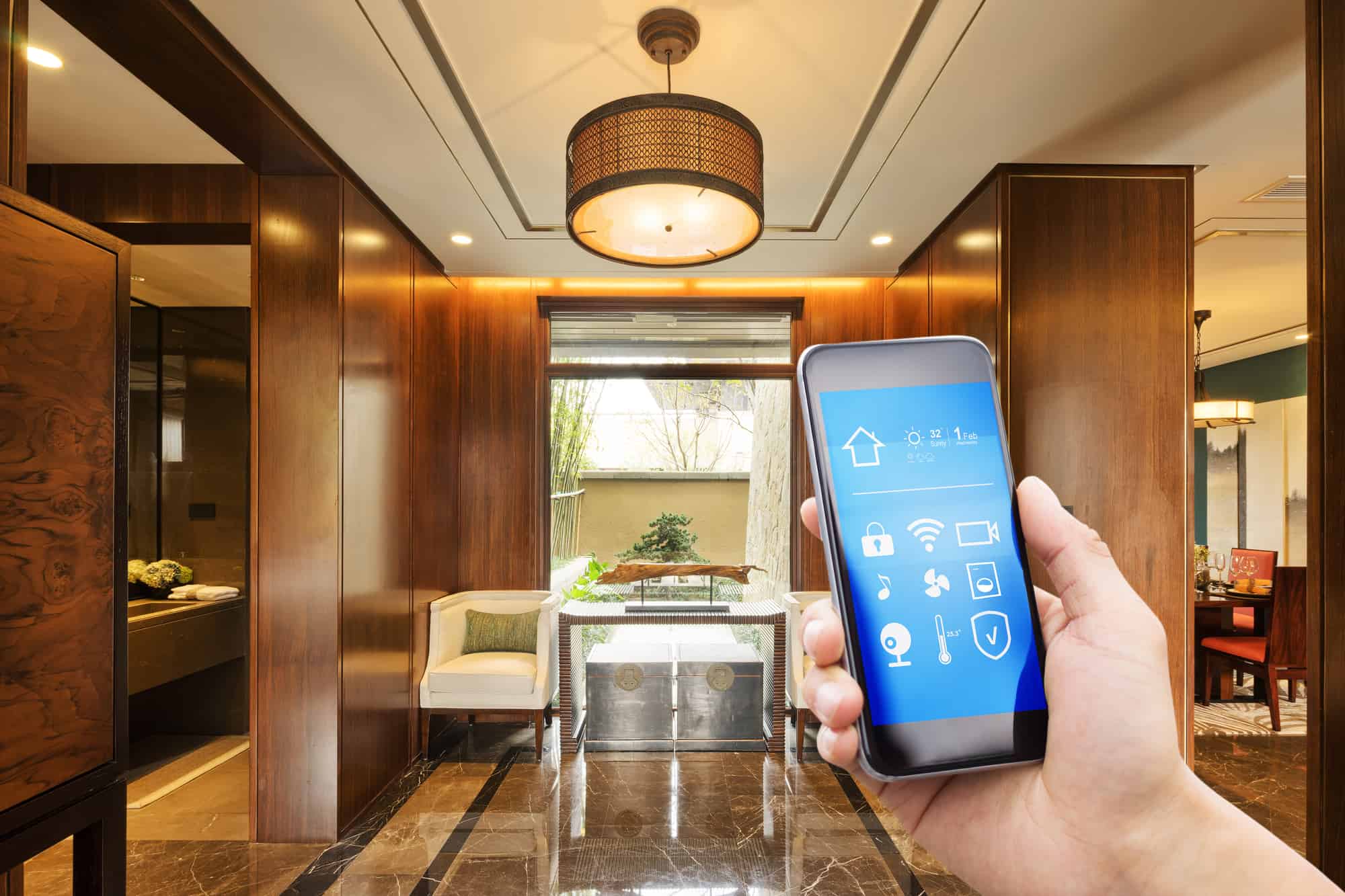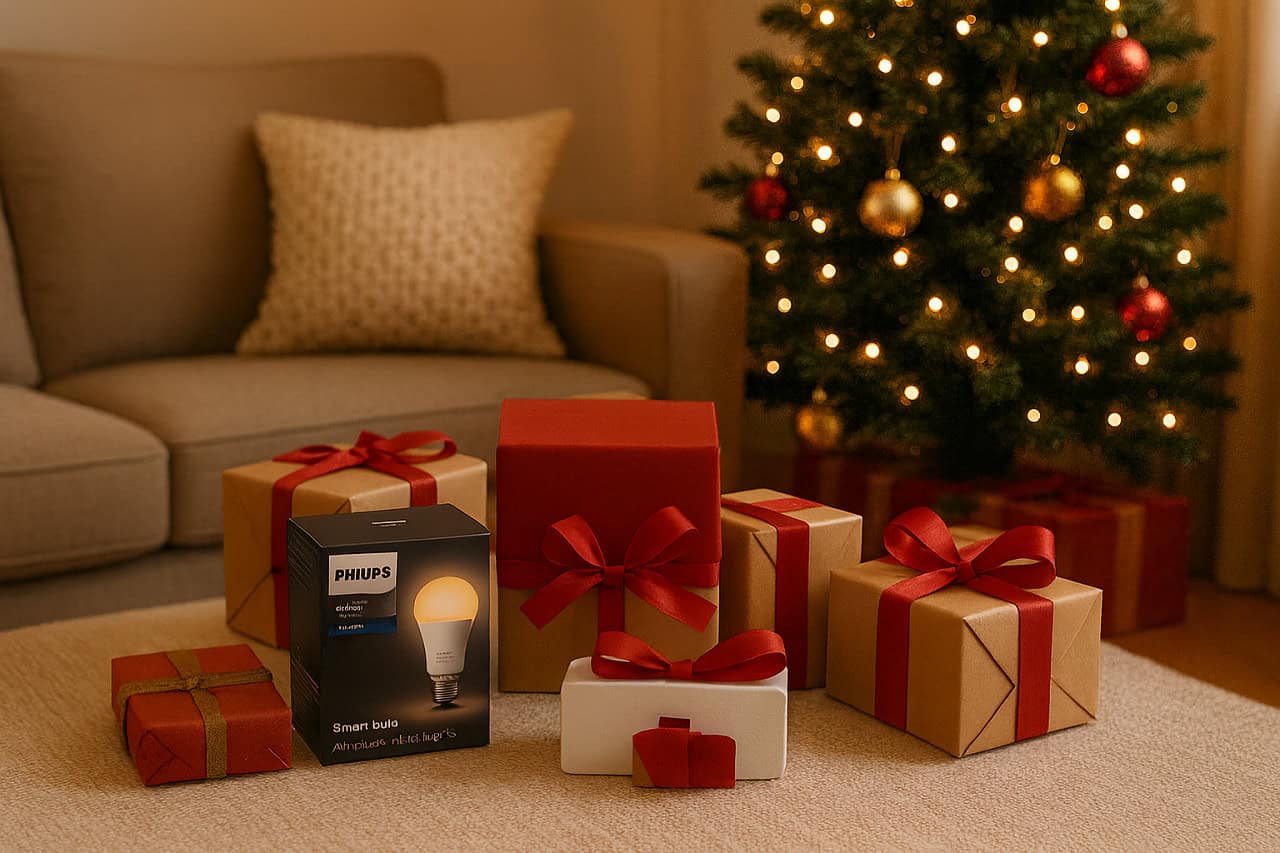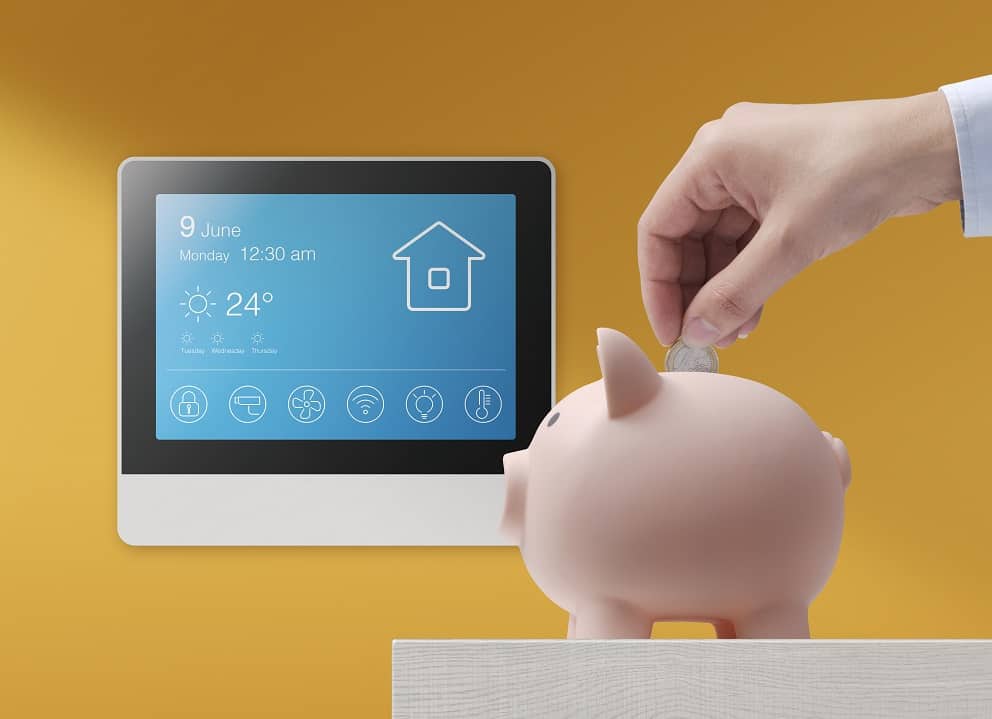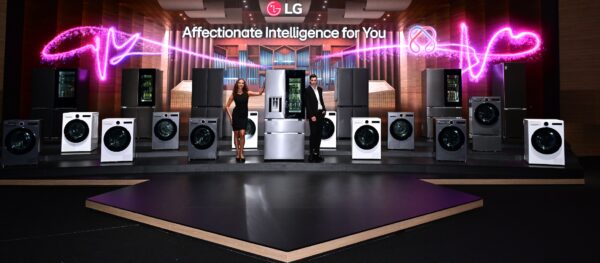Are you ready to step into the future and transform your house into a smart home? With the rapid advancement of technology, it’s now easier than ever to automate and control various aspects of your home with just a few taps on your smartphone. But where do you begin? In this blog post, we’ll guide you through everything you need to know to get started with a smart home. Whether you’re a tech-savvy enthusiast or someone who is new to the world of smart home technology, this post is packed with valuable information and tips to help you make the best decisions for your home.
Smart home technology is revolutionizing the way we live by integrating our everyday devices and appliances with advanced technology. With the power of automation and connectivity, a smart home allows you to control and monitor various aspects of your house remotely, making your life more convenient and efficient. We’ve already talked about the benefits and advantages of smart home technology. How it can make your home more comfortable and convenient, increase security, add flexibility and customization, and increase energy efficiency. So we’re going to skip why you should have a smart home and get right into how to get started with a smart home.
Getting Started with a Smart Home
Choosing a Smart Hub
One of the first steps in getting started with a smart home is choosing a smart hub. A smart hub is a central control unit that connects and manages all your smart devices. It acts as the brain of your smart home, allowing you to control and automate various functions. When selecting a smart hub, consider compatibility with other devices, ease of use, and the range of features it offers. Each hub has its own unique features and capabilities, so it’s important to research and choose the one that best suits your needs.
The most popular smart home hubs include Amazon Echo, Google Home, and Apple HomePod. These three smart home hubs are not the only smart home hubs available, but they are the most common. This means that they will be compatible with the widest range of smart home devices.
Selecting Smart Devices
Once you have chosen a smart hub, the next step is to select the smart devices you want to integrate into your home. Smart devices can include things like smart lights, thermostats, door locks, security cameras, and more. When selecting smart devices, consider both compatibility with your chosen smart hub and the specific functionalities you desire. Look for devices that offer seamless integration with your smart hub and provide the features you need. Devices should have a label on them that states that they “work with” your hub of choice.
It’s also a good idea to start with one or two devices and gradually expand your smart home network as you become more comfortable with the technology. Generally, smart light bulbs are a good choice for beginning a smart home. Smart light bulbs are comparatively cheap, and easily installed into existing light fixtures. You simply screw out the old bulb and add the new bulb in. Be sure to follow the manufacture’s instructions for connecting to the new bulb to their app.
Since most devices are made by different manufacture’s than your smart home hub, once you add the light to the manufacture’s app, you will need to add that app into your smart home hub. This is a pretty straightforward process from the app that manages your hub ( Amazon Alexa, Google Home, or Apple Home ). You simply find the spot to “add devices” and select the manufacture of your new device. The good news is, you only need to add the manufacturer once. If you decide to purchase more of that brand’s devices in the future they should be automatically added to your smart home.
Customize and Automate
Smart home apps should have a way in them to automate and schedule different events that you would like to have happen. Perhaps you would like your lights to turn on at dusk and off at 10pm. Now that you have your new smart light bulbs and they are in your smart home app, you can do this! Be sure to check with your smart home app for instructions, but there is a world of customizations and automations available to you now.
FAQ
What is a smart home and how does it work?
A smart home is a residence that uses Internet of Things (IoT) technology to connect and control various devices and systems within the house. These devices can include smart thermostats, lighting, appliances, security cameras, and more. The central hub, usually a smart speaker or a smart display, acts as the control center for all the connected devices. Smart homes work by using Wi-Fi or Bluetooth to connect these devices to the internet, allowing you to remotely control and automate them using a smartphone app or voice commands. This means you can turn off lights, adjust the temperature, lock doors, and even monitor your home’s security from anywhere, giving you convenience, comfort, and peace of mind.
What devices do I need to get started with a smart home?
To get started with a smart home, you’ll need a few key devices. The first essential device is a smart hub or a smart assistant, such as Amazon Echo or Google Home. These devices act as the central control hub for your smart home and allow you to communicate with all your other smart devices using voice commands. Additionally, you’ll need smart devices like smart bulbs, smart plugs, and smart thermostats. These devices connect to your smart hub or assistant and can be controlled remotely via a smartphone app or through voice commands. We recommend that you start with smart light bulbs as they are relatively cheap and easy to switch out with existing light bulbs.
How do I choose the right smart home hub?
To choose the right smart home hub, it’s important to consider compatibility, features, and ease of use. First, make sure the hub is compatible with the devices you already have or plan to purchase. Next, consider the features offered by the hub. Some hubs come with built-in voice assistants like Alexa or Google Assistant, while others offer advanced automation capabilities. Think about your specific needs and choose a hub that offers the features you desire. Finally, consider the ease of use. Mainstream smart home apps like Amazon Alexa, Google Home, or Apple Home are going to be easier to use than something like HomeAssistant.
Can I control my smart home using voice commands?
Being able to control your smart home with your voice is going to depend on the smart home hub that you choose. Many smart home devices, such as smart speakers and smart assistants like Amazon Alexa or Google Assistant, are designed to respond to voice commands. These voice-activated devices act as the central hub of your smart home, allowing you to control various compatible devices simply by speaking out your commands. You can turn on/off lights, adjust thermostats, play music, or even lock/unlock doors, all by using your voice. Just make sure that the smart devices you choose are compatible with the voice assistant you prefer and follow the setup instructions provided by the manufacturer to get started.
Are there any security concerns with having a smart home?
Yes, there can be security concerns with having a smart home, but there are steps you can take to minimize the risks. One of the main concerns is the potential for hackers to gain unauthorized access to your smart devices, such as cameras or thermostats. To mitigate this risk, it’s important to choose devices from reputable manufacturers that prioritize security and regularly release firmware updates. Additionally, you should create strong, unique passwords for each of your smart devices and enable two-factor authentication whenever possible. It’s also a good idea to secure your home network by using a strong password for your Wi-Fi and regularly updating your router’s firmware.
How difficult is it to set up a smart home?
Setting up a smart home may seem daunting at first, but it’s actually quite simple and straightforward. Most smart home devices are designed to be user-friendly and can be easily set up by anyone, regardless of their technical skills. Smart home devices usually come with step-by-step instructions and can be connected to your hub or voice assistant through a mobile app. With a little patience and following the instructions, you’ll have your smart home up and running in no time!
Can I integrate my existing nonsmart devices into a smart home?
Yes, you can integrate some of your existing nonsmart devices into a smart home. The easiest way is to use smart plugs or smart switches, which can be plugged into or connected to your existing devices, allowing you to control them remotely through a smart home hub or app. More advanced integration might involve opening up the device and adding sensors or switches to it – something for the more technically advanced to tackle.
What is the most common challenge getting started with a smart home?
The most common challenge with smart home technology is compatibility. Different devices and platforms may not always work well together, resulting in a fragmented experience. It’s important to research and choose devices that are compatible with each other or use a central hub to connect them.
In Summary
We hope that you found this information helpful and that it has inspired you to embark on your own smart home journey. As technology continues to evolve, creating a smart home has become more accessible and user-friendly than ever before. From controlling your lights and appliances with a simple voice command to enhancing your home security with smart locks and cameras, the possibilities are endless. So, whether you’re a tech enthusiast or simply looking to streamline your daily routines, we encourage you to explore the world of smart home technology. Happy smart home-ing!




